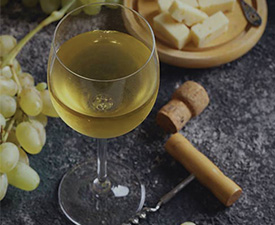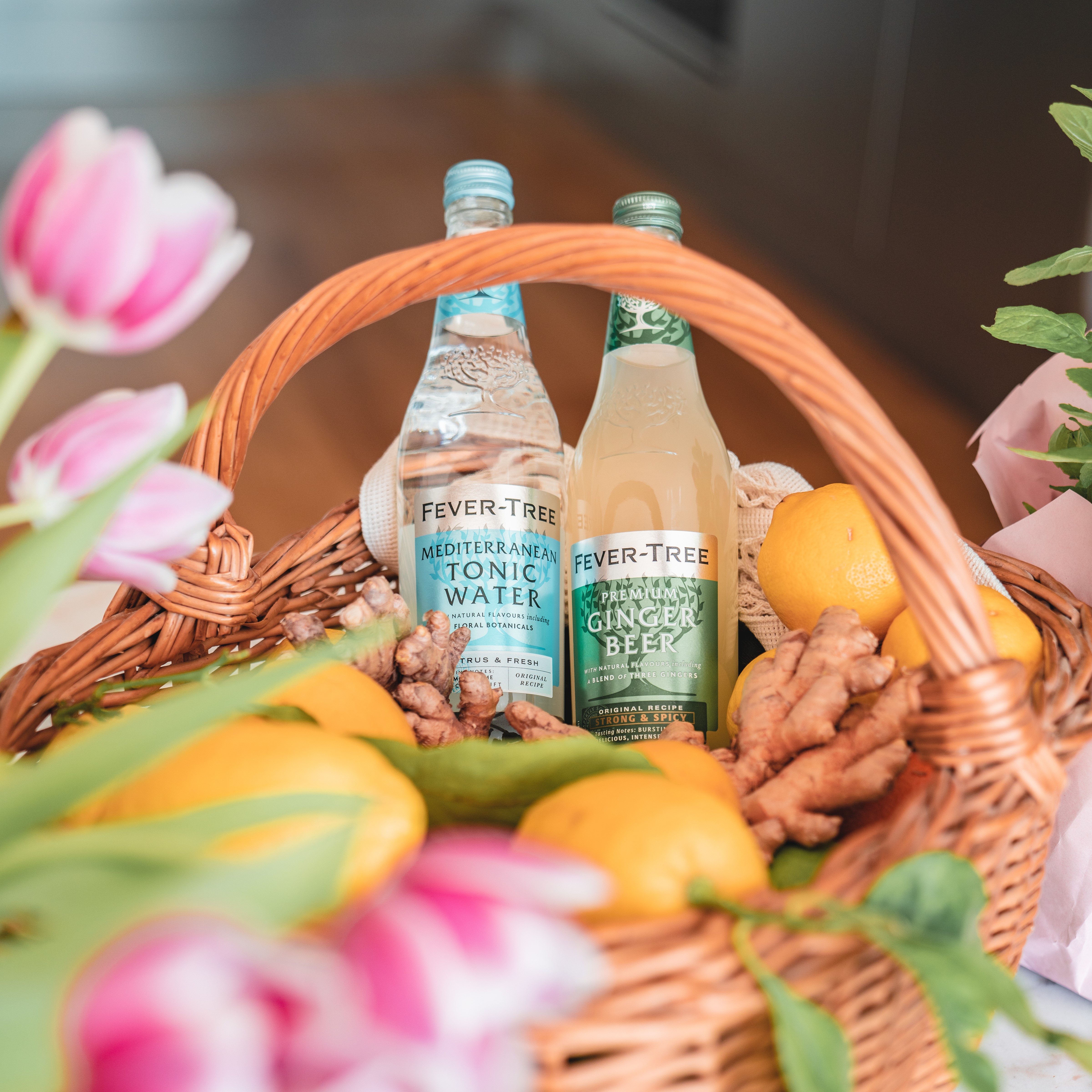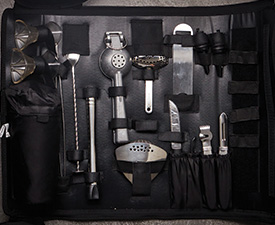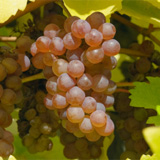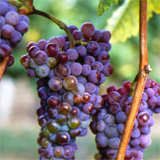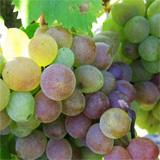The indigenous Zierfandler grape is a curiosity found in the 'Thermenregion' of Austria, situated in the outskirts of Vienna consisting of various towns and villages. It takes its name from the thermal springs of the Roman town of Aquae, which is known as Baden today. Zierfandler is indeed an endangered species, with just a few hundred hectares in the whole world, most of it found here. Thought to have derived from Roter Veltliner and a second, unknown parentage that is thought to liken Traminer.
The synonym 'Spatrot' refers to the late-ripening grapes that gain a red tinge to the skins in sunny exposures. Grape varieties grown in the region include both the rare Zierfandler and Rotgipfler which can be vinified individually or as its legendary blend known as Spatrot-Rotgipfler.
The Zierfandler grape dates back to the Hapsburg Empire in Austria and was the favourite wine of the emperors. Zierfandler is number 222 on the list of the most commonly grown grapes and is used in both red wine and white wine. Even with many European wine regions planting international varieties, today Zierfandler is still mainly a local grape predominantly grown in Austria.
The wines often have a subtle bouquet, delicate fruit aromas over spice, often with a hint of nut and almond, supported by fine, racy acidity. As a late-harvest Spatlese quality, Zierfandler shines with rich, opulent and powerful wines, usually with aromas of dried fruit and tropical notes.
The natural sweetness, the rich extract and long-lasting noble sweet quality wines have remarkable aging ability and exceptional potential. Zierfandler can be found as the main grape in the much sort after sweet wines called - Trockenbeerenauslese.
The variety is also found in Hungary where is known as Cirfandel and in Slovenia as Zerjavina. The rumours that it is related to Zinfandel are just that and nothing more.




